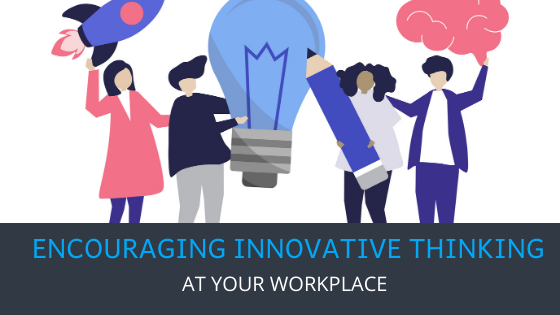
Innovation Management
Latest News and Articles
Menu

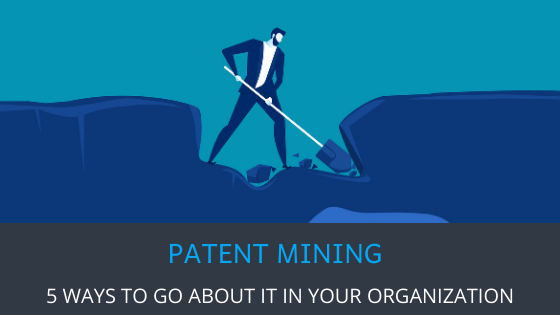
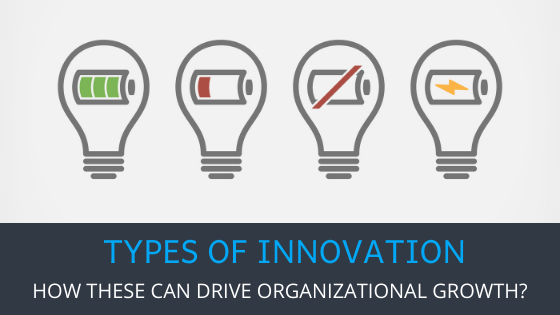
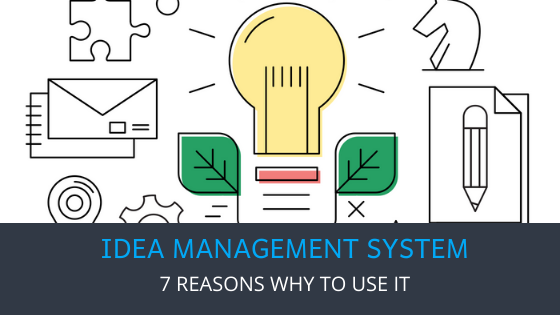

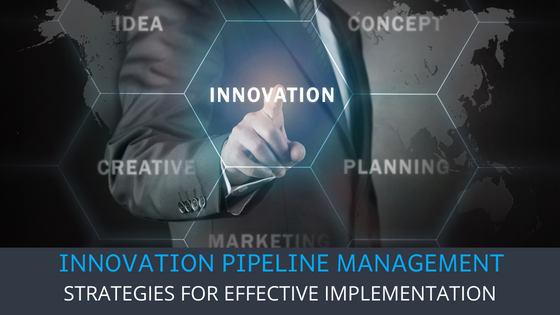
Strategies for Implementing Effective Innovation Pipeline Management
December 28, 2023
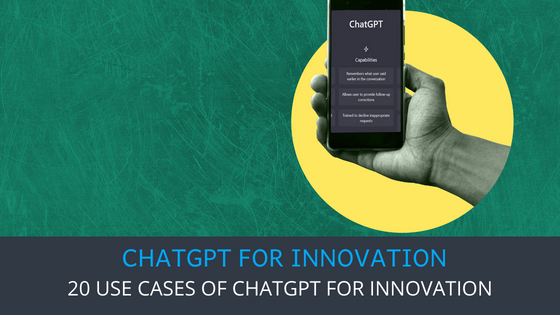
20 Ways Of Using ChatGPT For Innovation
November 9, 2023

20 Award Winning Agricultural Innovations
October 16, 2023

Beverage Packaging Innovation: 20 Examples from Around the World
September 28, 2023

Top 20 Generative AI Tools For Innovation
September 18, 2023
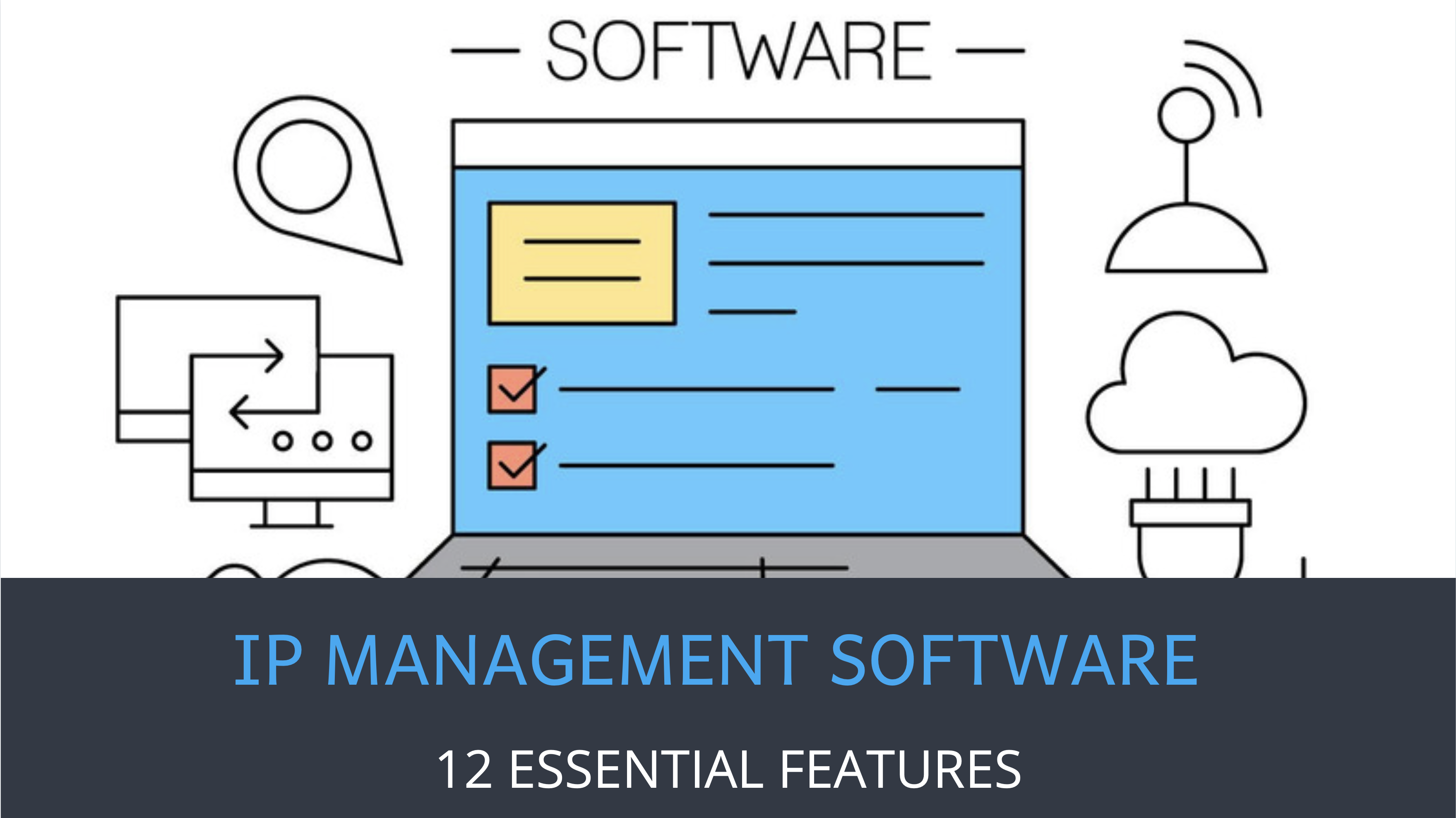
12 Essential Features of IP Management Software
June 11, 2021
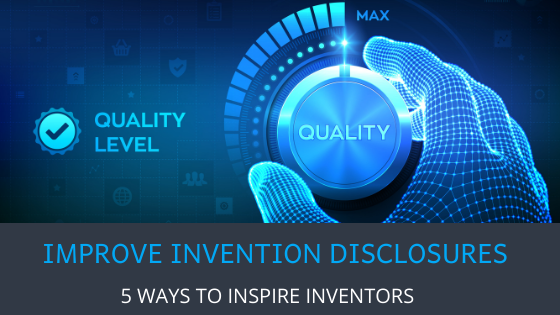
Use Cases
Innovation Toolkit
Learn Innovation Management
Standalone Tools
© 2025 Triangle IP, Inc. | All Rights Reserved.
